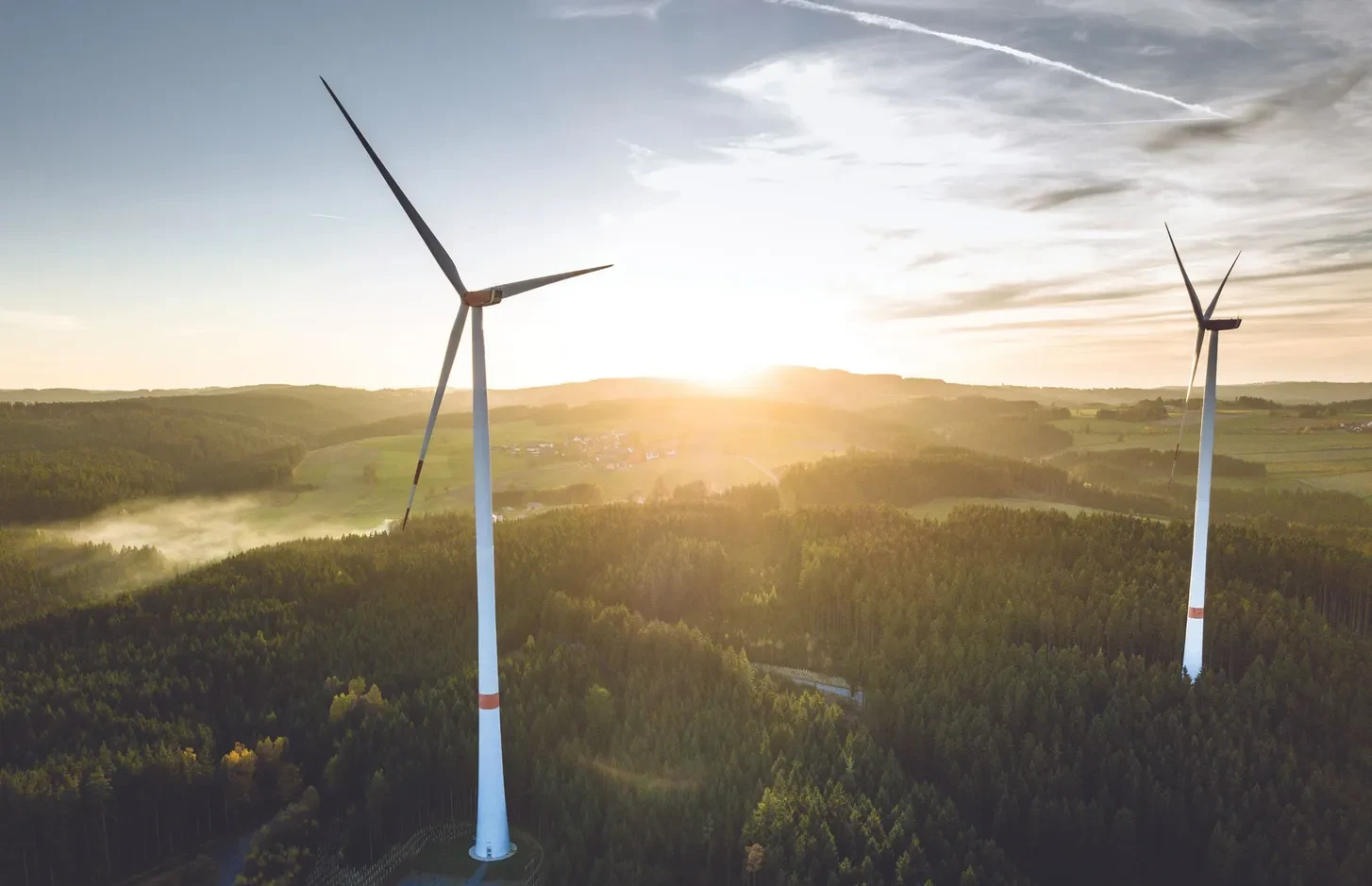A comprehensive new report, “Pricing Greenhouse Gas Emissions 2024: Gearing Up to Bring Emissions Down,” offers an in-depth analysis of the evolving landscape of carbon pricing mechanisms and energy taxation worldwide. Covering 79 countries responsible for approximately 82% of global greenhouse gas (GHG) emissions, the report examines developments between 2021 and 2023. It meticulously evaluates the effectiveness of various instruments, including emissions trading systems (ETSs), carbon taxes, fuel and electricity excise taxes, and subsidies that influence energy prices. The analysis reflects rates as of April 1, 2023, and incorporates ETSs implemented throughout that year. This detailed assessment underscores the crucial role these instruments play in curbing emissions and achieving climate objectives. However, the report also reveals a slowdown in progress in recent years, largely due to challenges stemming from the global energy crisis. While many jurisdictions are preparing to strengthen their carbon pricing efforts, significant gaps persist in both the implementation and expansion of these vital policies.
The Global Landscape of Carbon Pricing and Energy Taxation: A Mixed Picture
The report paints a complex picture of the current state of carbon pricing and energy taxation globally. While some progress has been made with the introduction of new carbon pricing instruments and the expansion or tightening of existing systems, the overall pace has been uneven. This slowdown can be attributed to several factors, including the substantial portion of emissions already covered in major economies and the far-reaching impacts of the 2022 global energy crisis. In response to this crisis, many governments prioritized energy affordability by implementing measures such as rate reductions, subsidies, and exemptions, often at the expense of advancing crucial carbon pricing policies. Despite these setbacks, the use of explicit carbon pricing mechanisms, such as ETSs and carbon taxes, has seen modest growth, particularly in high-emission sectors. Conversely, implicit pricing mechanisms, such as fuel excise taxes, have experienced a significant decline. Notably, governments are increasingly exploring international measures like Border Carbon Adjustments and investment incentives for low-emission technologies to address disparities across borders and provide further support for global climate goals.
Key Findings: Carbon Coverage and Pricing Trends Reveal Critical Insights
The report delivers several key findings regarding global carbon pricing trends: In 2023, 42% of emissions across the 79 countries studied were subject to a positive Net Effective Carbon Rate (Net ECR). Within this, 27% were covered by explicit carbon pricing mechanisms, such as ETSs or carbon taxes, while implicit carbon pricing through fuel excise taxes covered only 23%. A concerning trend is the decline in the average Net ECR, which fell from EUR 17.9 per ton of CO₂ equivalent (tCO₂e) in 2021 to EUR 14.0/tCO₂e in 2023. This decrease is largely attributed to reduced fuel excise taxes and increased fossil fuel subsidies implemented in response to the energy crisis. Examining sectoral impacts reveals that road transport remains the sector with the highest average Net ECR, despite a 24% decrease since 2021. Interestingly, the Net ECR for coal surpassed that of natural gas in 2023, a shift driven by increased subsidies for natural gas. These findings underscore the inherent tension between short-term policy responses to immediate economic pressures and the long-term imperative of achieving climate objectives.
Emerging Trends: Expansion of Carbon Pricing Mechanisms on the Horizon
Looking to the future, the report anticipates a significant increase in the adoption of new carbon pricing instruments over the next five years. ETSs are projected to expand considerably, with new systems currently under development that could potentially increase global emissions coverage by seven percentage points, representing a substantial 25% rise. Furthermore, governments are increasingly extending carbon pricing schemes to encompass more complex sectors, such as waste incineration. Explicit carbon pricing is gaining momentum in several countries, with four nations now imposing higher explicit carbon prices than fuel excise taxes per gigajoule (GJ) of energy. The report also highlights a growing emphasis on taxing fuel and electricity through the Effective Energy Rate (EER). However, a significant challenge remains: more than half of global energy use remained untaxed in 2023. There is also a significant disparity between high-income and low- and middle-income countries in energy taxation: high-income countries taxed at an average of EUR 4.96/GJ, compared to just EUR 0.54/GJ in low- and middle-income economies.
Policy Implications and Recommendations: Charting a Course for Effective Action
The report emphasizes the urgent need for significantly increased carbon pricing to meet global climate targets. Current pricing levels of EUR 14.0/tCO₂e must rise substantially, reaching EUR 60–120/tCO₂e by 2030 to align with these crucial goals. If this increase is not achieved, complementary policies that deliver equivalent emission reductions must be implemented without delay. The report provides several key recommendations for governments: introducing or expanding ETSs to cover a broader range of sectors; implementing Border Carbon Adjustments to effectively mitigate carbon leakage; and supporting investments in low-emission technologies through strategic subsidies and tax incentives. While the global energy crisis has undoubtedly complicated progress on carbon pricing, it has also served to highlight the critical importance of designing resilient and adaptive policies that effectively balance affordability, energy security, and climate mitigation.
Navigating a Complex Path Towards a Sustainable Future
The report concludes that there is no single, universally applicable solution to carbon pricing and energy policy. Each country operates within its own unique economic, political, and social context, employing a diverse mix of instruments to address the complex challenge of climate change. As international policy interactions become increasingly intricate, enhanced collaboration and innovation will be absolutely essential to overcome existing challenges and pave the way for a truly sustainable, low-carbon future.



